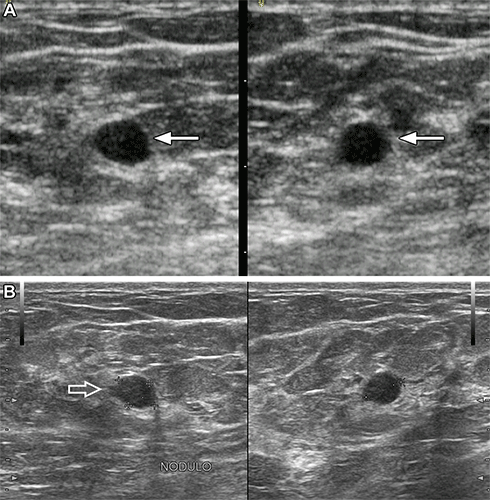AI Helpful in Triaging Breast Masses in Low-Resource Areas
Technology may help improve health care access, equity and outcomes

AI can analyze breast mass images from low-cost portable US machines and accurately identify cancer, according to a study published in Radiology. This could prove useful for triage in low-resource settings.
While early detection via cancer screening has been the focus in Western countries, low- and middle-income countries often lack access to organized screening programs and technology.
In these areas, breast cancer most commonly presents as a palpable lump in the breast. US can play a critical role in early detection, resulting in more effective, less invasive treatment and improved outcomes.
“Women in low- and middle-income countries often cannot access breast health care for many months, even when they feel a lump in their breast that may be cancer,” said the study’s lead author Wendie A. Berg, MD, PhD, professor of radiology at the University of Pittsburgh School of Medicine. “Our study looked at using AI to evaluate breast ultrasound images to distinguish suspicious breast masses needing urgent attention from those that were not cancer.”

Images in a 37-year-old woman show a palpable mass due to low-grade ductal carcinoma in situ. (A) Orthogonal portable US images show a hypoechoic oval mass with subtly indistinct margins (arrows), assessed as probably benign by artificial intelligence (AI). (B) Orthogonal standard-of-care US images show focal microlobulation (arrow) and were assessed as suspicious with AI and as Breast Imaging Reporting and Data System 4A by the radiologist. US-guided core biopsy and excision showed estrogen and progesterone receptor positive low-grade ductal carcinoma in situ.
https://doi.org/10.1148/radiol.223351 © RSNA 2023
Potential to Reduce Specialized Hospital Referrals by Half
For the multicenter study, participants with at least one palpable breast lump were enrolled in Jalisco, Mexico, from December 2017 through May 2021. Images were obtained first with portable US at the site of the lump and adjacent tissue. Women were then imaged with standard-of-care US. Breast Imaging-Reporting and Data System (BI-RADS) assessments were performed by a radiologist.
After exclusions, 758 masses in 300 women (mean age 50.0 years) were analyzed by the AI software as benign, probably benign, suspicious or malignant (cancerous). The mean patient age was 50.0 years (range 18-92), and the mean largest lesion diameter was 13 mm (range 2-54). Of 758 masses, 360 (47.5%) were palpable, and 56 (7.4%) malignant.
AI correctly identified 96% and 98% of the women with cancer on the low-cost portable US and standard-of-care US images, respectively. Of the benign masses, 67% could have been appropriately triaged with standard-of-care US, and 38% with portable US.
Although specificity was less than with standard-of-care equipment, AI applied to portable breast US can potentially reduce about half of specialized hospital referrals in resource-limited regions.
Dr. Berg noted that the researchers did not train AI on images from the portable US. She also said that low-cost portable US technology has improved since the study was conducted. With better images and AI training, the researchers expect even better results in the future.
“Our results show great promise for the use of AI and portable ultrasound in low-resource settings, including remote/underserved areas in the United States, to help improve breast health care,” Dr. Berg said. “In reducing the number of women with benign lumps who need to be seen in central facilities and potentially have a biopsy, health care resources can be better focused on women with cancer and reduce delays in diagnosis. This should improve access, health equity and outcomes for women.”
For More Information
Access the Radiology study, “Toward AI-supported US Triage of Women with Palpable Breast Lumps in a Low-Resource Setting,” and the accompanying editorial, “The Promise of AI in Advancing Global Radiology.”
Read previous RSNA News articles about breast imaging: